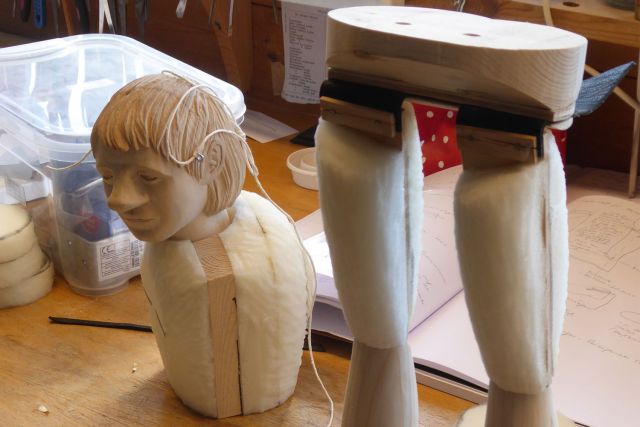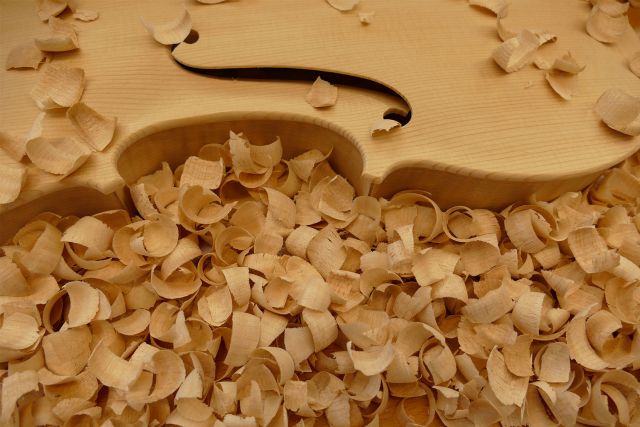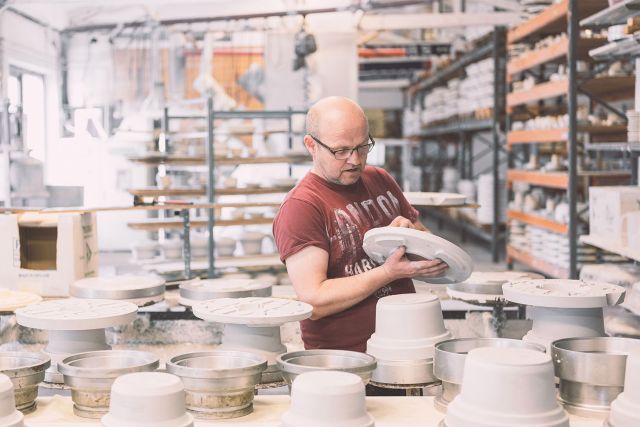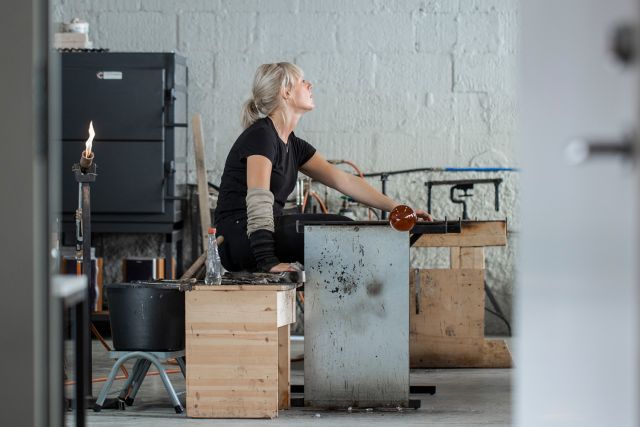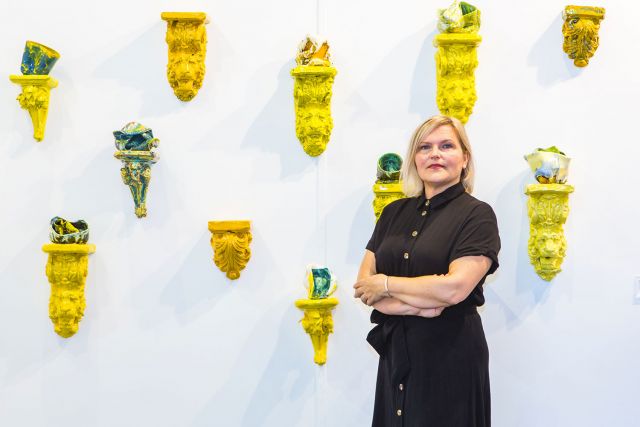This modern fiddle was crafted according to traditional violin-making techniques. Wiebke decorated the fingerboard and tailpiece in a typical Norwegian pattern including flower designs.
.jpg.jpeg)
 40_L1160747.jpg.jpeg)
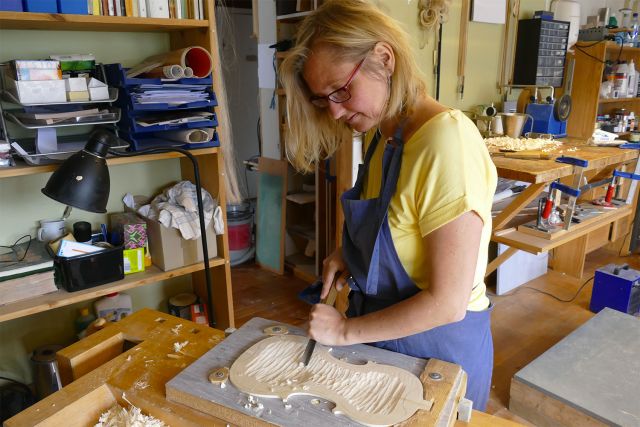
 9_L1200309.jpg.jpeg)
 32_P1110288.jpg.jpeg)
Wiebke Lüders
- Felemakeriet
- Luthier
- Voss, Norway
- Master Artisan
- Recommended by Lars Beller Fjetland
Strengjarhaugen 6, 5700 Voss, Norway
Monday to Friday 09:00 - 16:00
+47 40094396
Art, music and craftsmanship
- • Wiebke trained with one of the last masters of fiddle making
- • She was born in Germany and is now based in Norway
- • She also has a passion for puppetry
The Hardanger fiddle is a traditional folk instrument, played mainly in the south west of Norway. Wiebke Lüders fell in love with it during a visit to the Ringve Museum in Trondheim in 2008. “Before that I had been thinking of becoming a violin maker, but was never so sure about it, because I did not see myself as a craftsperson only. I always wanted to do something artistic”. And so she did. After training extensively all over the world as a musical instruments conservator, including at the Metropolitan Museum of Arts in New York, in 2016 she became a fiddle maker. In her free time, she devotes herself to the enchanting world of marionettes, a passion she developed in Vienna where she learnt traditional marionette playing techniques.
Read the full interviewWorks
Photo: © Wiebke Lüders

Photo: © Wiebke Lüders
This fiddle was crafted on the model of an early Hardanger fiddle by Trond Botnen (ca. 1750), kept at the Ole Bull Academy in Voss. The scroll has been finely sculpted with an animal-like head baring its teeth, while the fingerboard and tailpiece are decorated with bone and mother of pearl.

Photo: © Wiebke Lüders
Largely influenced by the German Baroque instrument-maker Joachim Tielke (1641–1719), this fiddle was also inspired by a beautifully decorated Stradivari violin, with an ink drawing on the wood of the body, as well as on the fingerboard and tailpiece.





